12 lenses of Christmas: new family of Canon lenses is born in May 2022
The month brought small stuff from Canon (and others) and a big-off lens from Nikon.
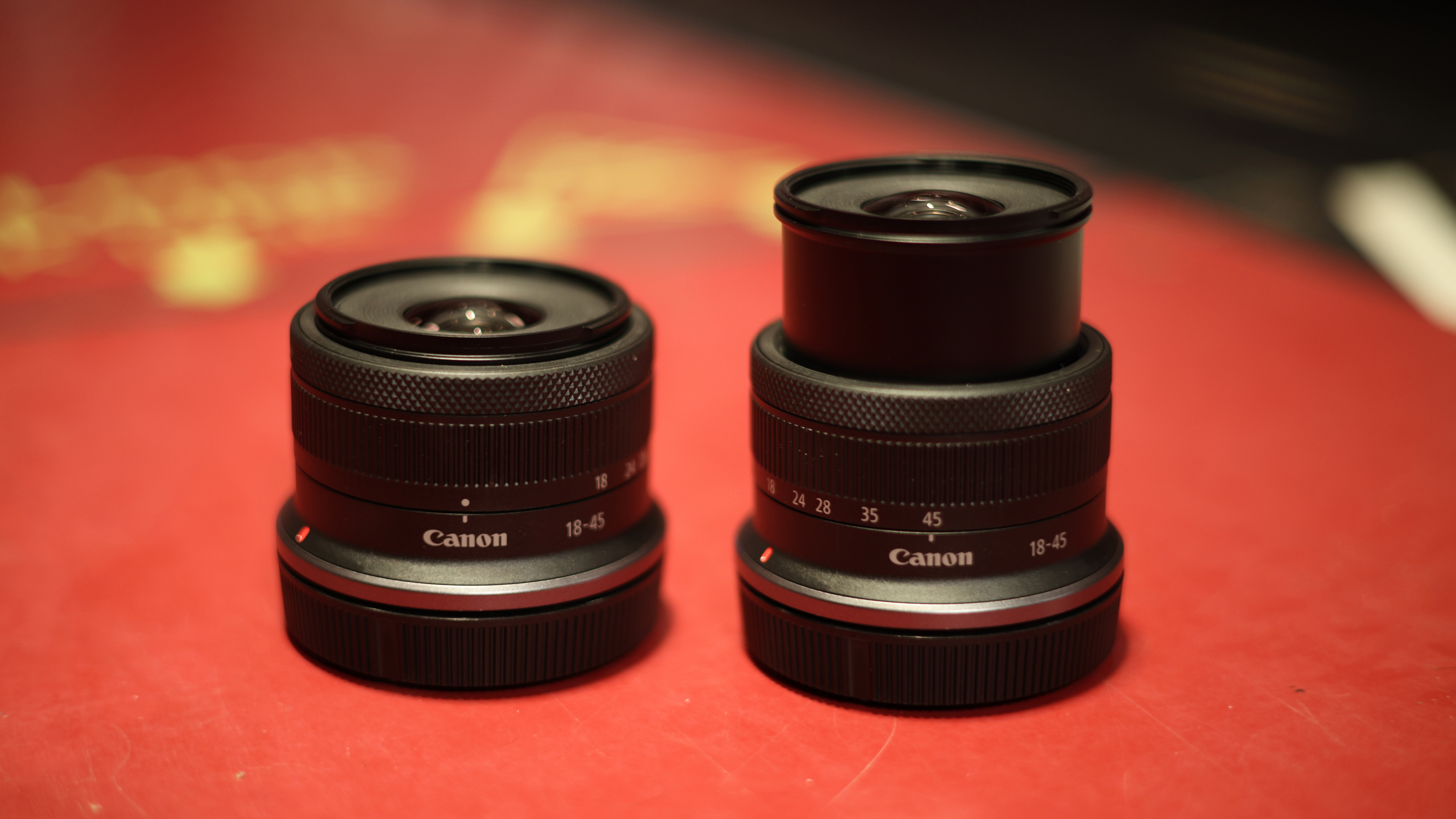
What use is a pair of new camera bodies without lenses to go with them? Canon has naturally been around for long enough to know the answer to that question, so the new APS-C format EOS R7 and EOS R10 mirrorless cameras came with the option of equally new RF-S 18-45mm F4.5-6.3 IS STM and RF-S 18-150mm F3.5-6.3 IS STM zooms. The RF-S 18-45mm is particularly diminutive with a retractable design, whereas the RF-S 18-150mm a more travel-friendly superzoom affair, the pair giving ‘effective’ focal lengths of 29-72mm and 29-240mm respectively.
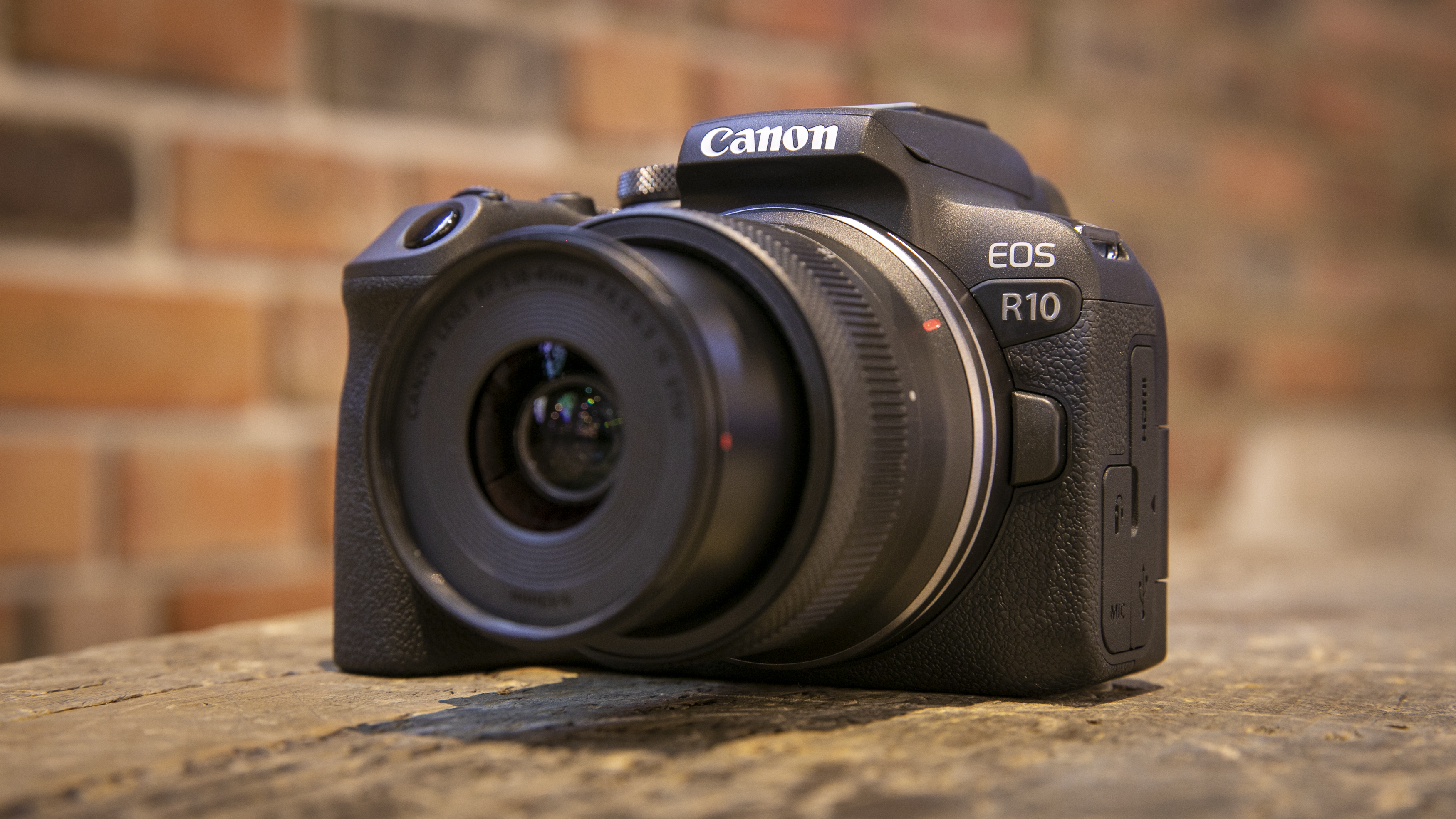
Not to be outdone, Sony launched three new wide-angle lenses for its APS-C format E-mount mirrorless cameras, namely the E 11mm f/1.8, and E 15mm f/1.4 G primes and the E PZ 10-20mm f/4 power zoom. The 11mm has an ultra-wide effective 17mm focal length in full-frame terms, the 15mm is equivalent to 22mm and the zoom equates to a 15-30mm lens.
Fujifilm pitched up at the APS-C party with a new Fujinon XF18-120mmF4 LM PZ WR 'hybrid' lens with features well suited to both stills and video capture. Fujifilm also announced its longest-ever broadcast-quality zoom lens in the shape of the XF 150-600mm f/5.6-8.
See other installments in our 12 lenses of Christmas series
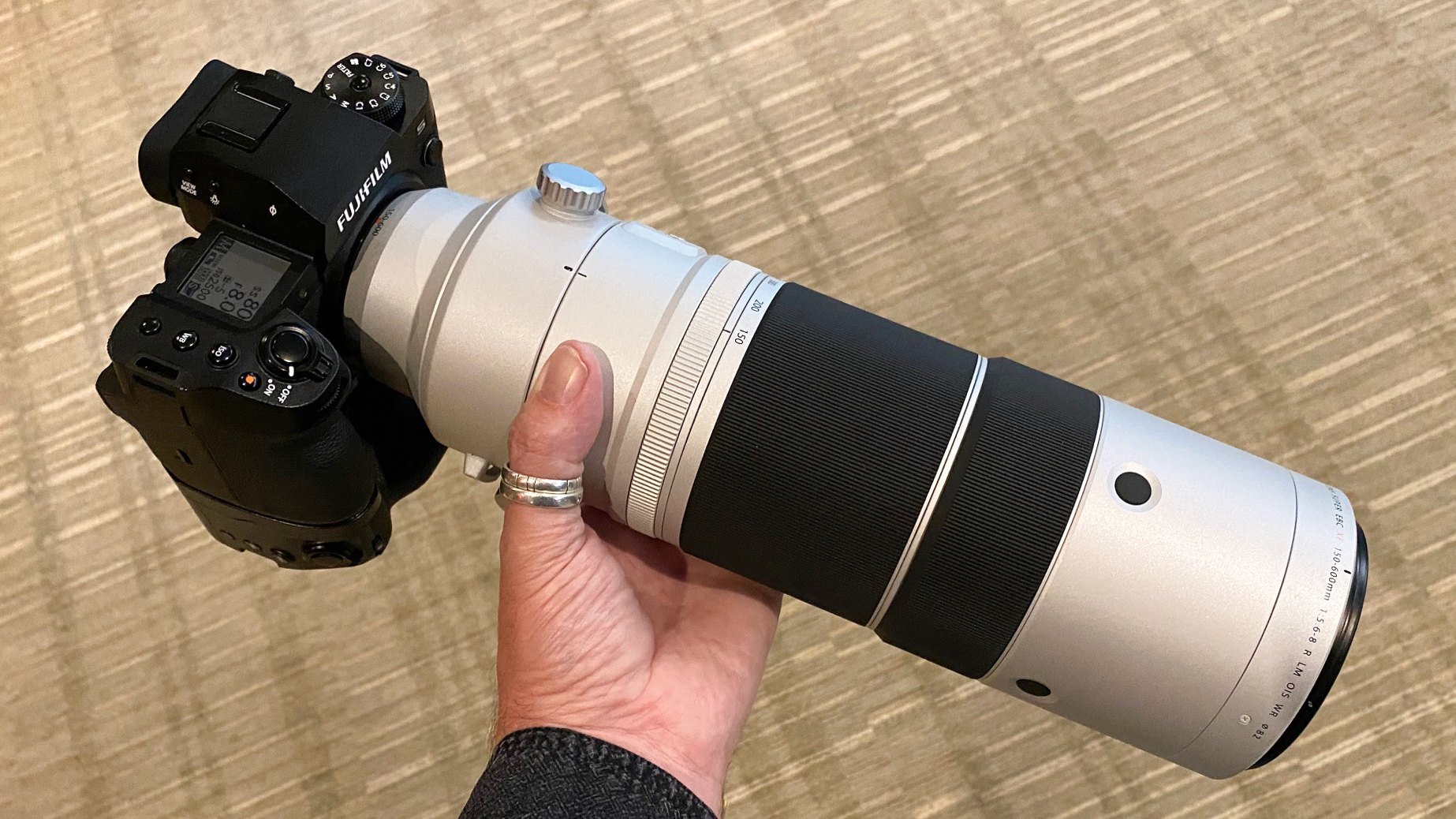
Tokina is arguably best known for making robust lenses to fit tight budgets, but the company bucked that particular trend with a new 180mm T.19 cine lens with a decidedly up-market price tag of $18,000. Tokina also announced that a super-fast, APS-C format SZ 33mm f1.2 lens was in the pipeline for Sony and Fujifilm cameras.
For when smaller is better, Venus Optics launched the world’s tiniest 1.5x anamorphic lenses that are barely bigger than the width and length of a credit card. There was also a new Laowa 90mm f/2.8 CA-Dreamer 2x Macro lens, able to capture small objects at twice life size.

Fans of the classic Lomography look were no doubt pleased with the announcement that the Daguerreotype Achromat 2.9/64 Art lens was back in black, and not only ‘Onyx Black’ but also in ‘Silver Graphite’. Take your pick, it’s been a while since grey was pronounced the ‘new black’.
We went large (and posh) in the lab, testing the new Nikon Z 400mm f/2.8 TC VR S. It came through with flying colors, earning a 5-star rating. We were particularly impressed with the retention of premium image quality and all-round performance with the 1.4x built-in teleconverter engaged, effectively morphing it into 560mm f/4 optic.
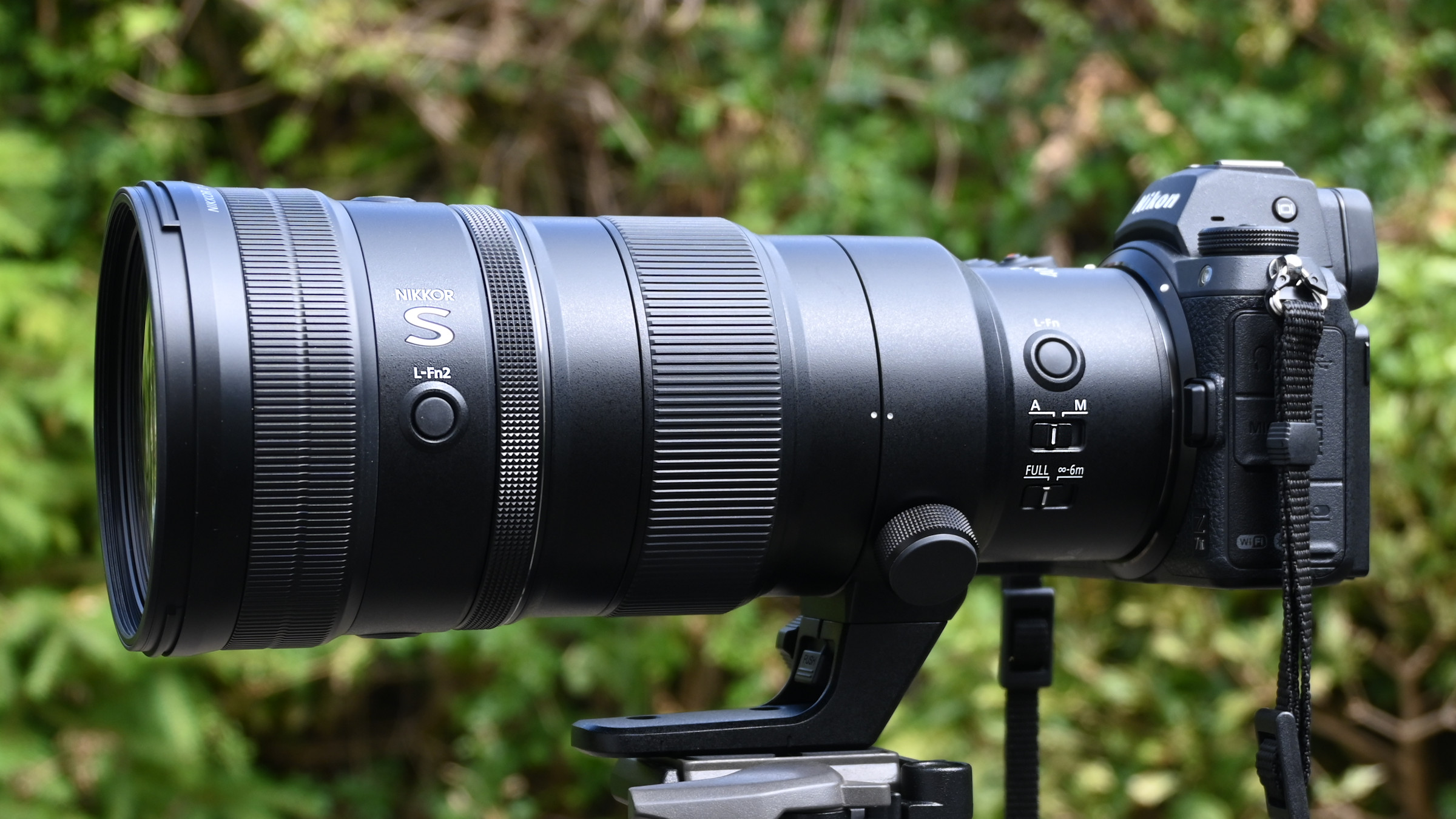
At the other end of the price and size scale, we tested the Viltrox AF 23mm F1.4 Z for Nikon Z DX format cameras. It’s also available in Canon EF-M, Fujifilm X and Sony E mount options. It’s a great little lens with a sturdy metal casing and the bonus of a de-clicked aperture ring, making it ideal for movie capture as well as for shooting stills.
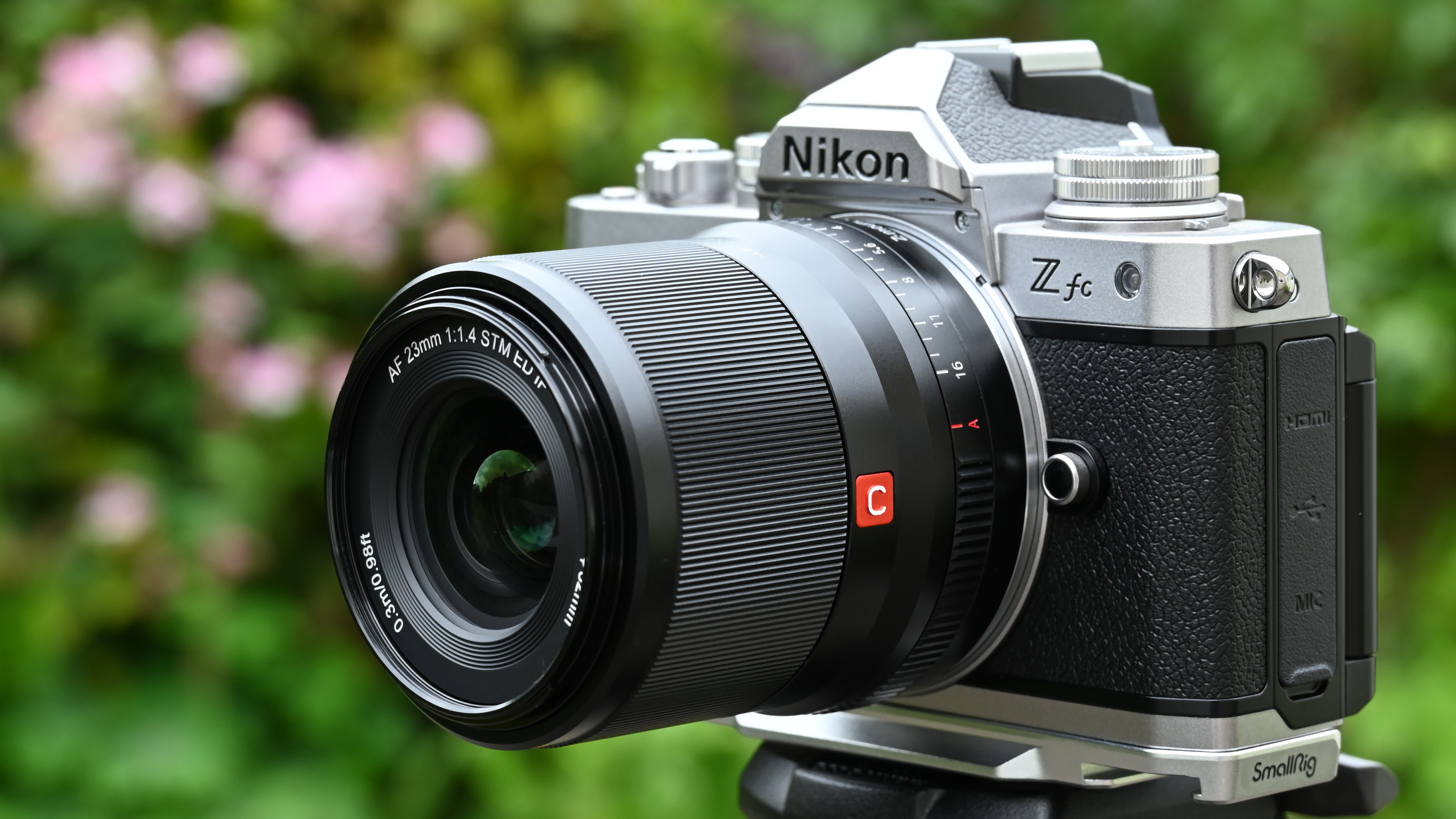
Another compact and lightweight APS-C format lens to land on our testbench in May was the Sigma 18-50mm F2.8 DC DN | C. Available in Sony E and Leica L mount versions, it shoehorns a useful 27-75mm effective zoom range with a fast and constant f/2.8 aperture into a remarkably compact yet well-built, weather-resistant package, making it an ideal ‘trinity’ standard zoom for small mirrorless cameras.
In the full-frame camp, there were more trinity standard zooms on test, with the new Sony FE 24-70mm F2.8 GM II and Tamron 28-75mm f/2.8 Di III RXD G2 both performing very well on Sony cameras. And for a fast portrait-friendly prime, we were also impressed with the Yongnuo YN85mm F1.8 DF DSM which is available in Canon RF, Nikon Z and Sony E mount options. Stepping up as a fast wide-angle lens, we also reviewed the Fujinon XF23mm F1.4 R LM WR.
The best camera deals, reviews, product advice, and unmissable photography news, direct to your inbox!
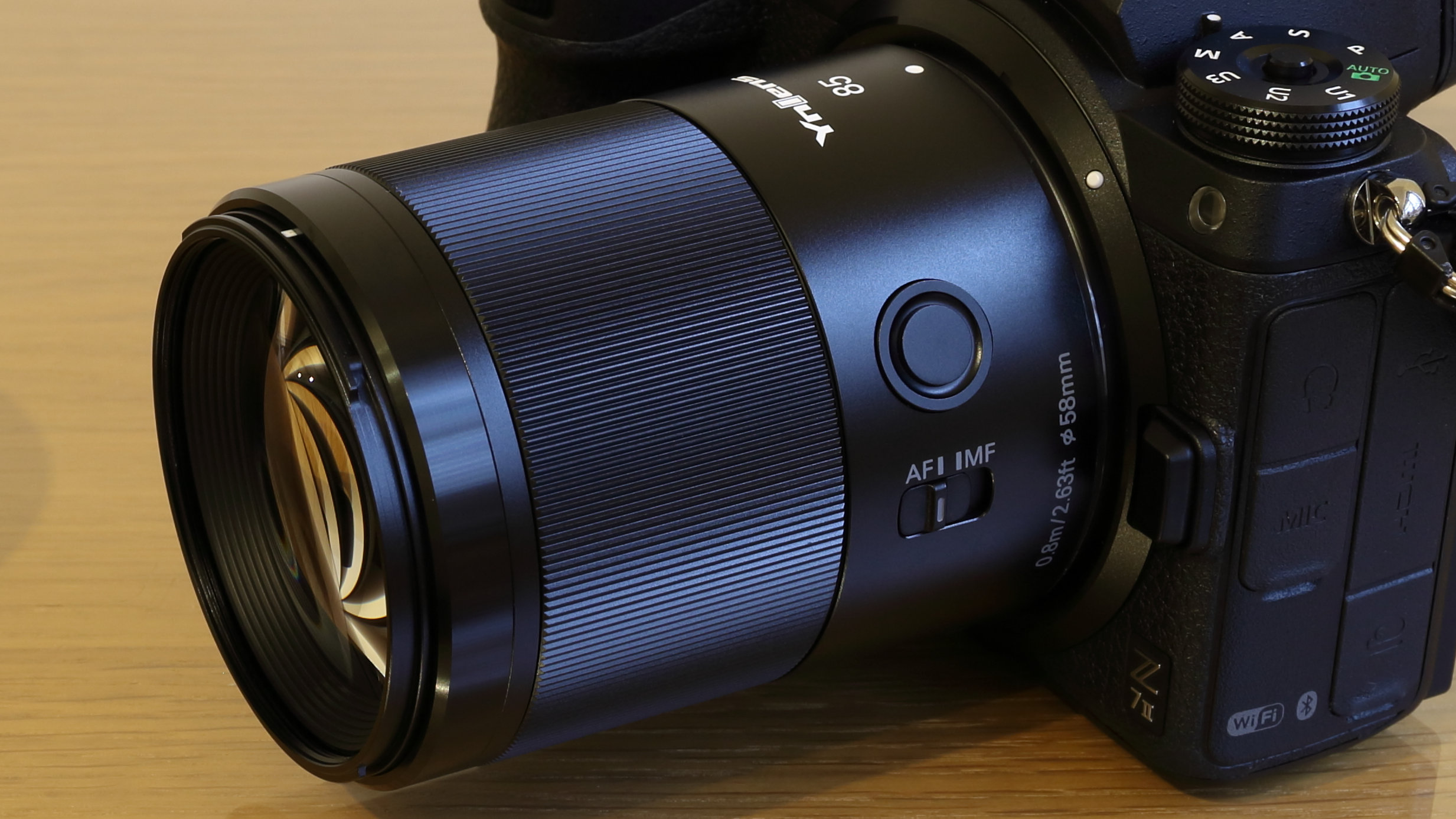
A real rarity these days, the Irix 21mm f/1.4 Dragonfly was the first new DSLR lens we’d tested in ages, available in Canon EF, Nikon F and Pentax K full-frame compatible options.
Back to basics
• What are the best camera lenses to buy?
Lenses for photography genres
• Best lenses for astrophotography
• Best lenses for bird photography
• Best lenses for landscape
Lenses for your camera
• Best Canon lenses
• Best Fujifilm lenses
• Best Nikon lenses
• Best Olympus lenses
• Best Panasonic lenses
• Best Pentax lenses
• Best Sony lenses
Matthew Richards is a photographer and journalist who has spent years using and reviewing all manner of photo gear. He is Digital Camera World's principal lens reviewer – and has tested more primes and zooms than most people have had hot dinners!
His expertise with equipment doesn’t end there, though. He is also an encyclopedia when it comes to all manner of cameras, camera holsters and bags, flashguns, tripods and heads, printers, papers and inks, and just about anything imaging-related.
In an earlier life he was a broadcast engineer at the BBC, as well as a former editor of PC Guide.

